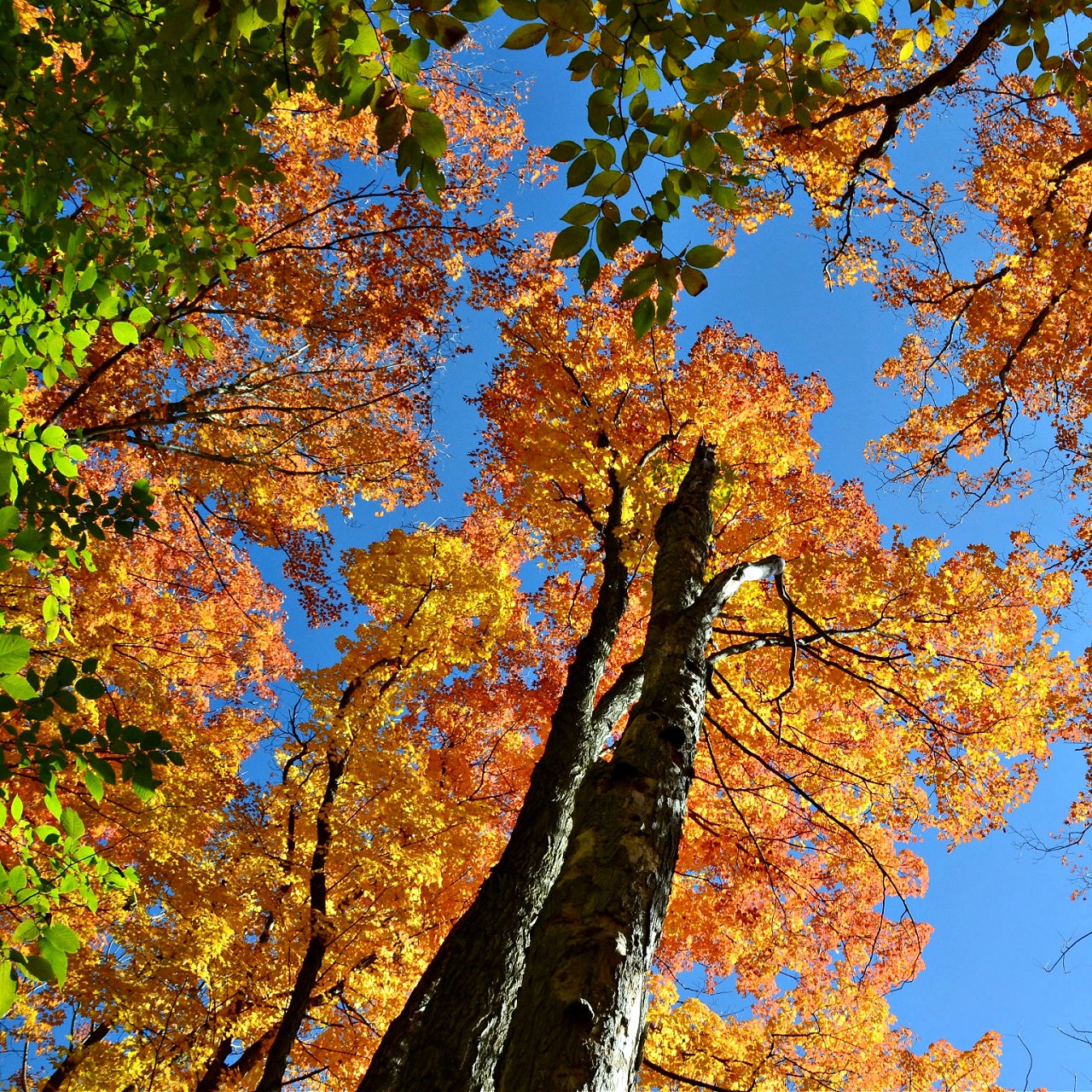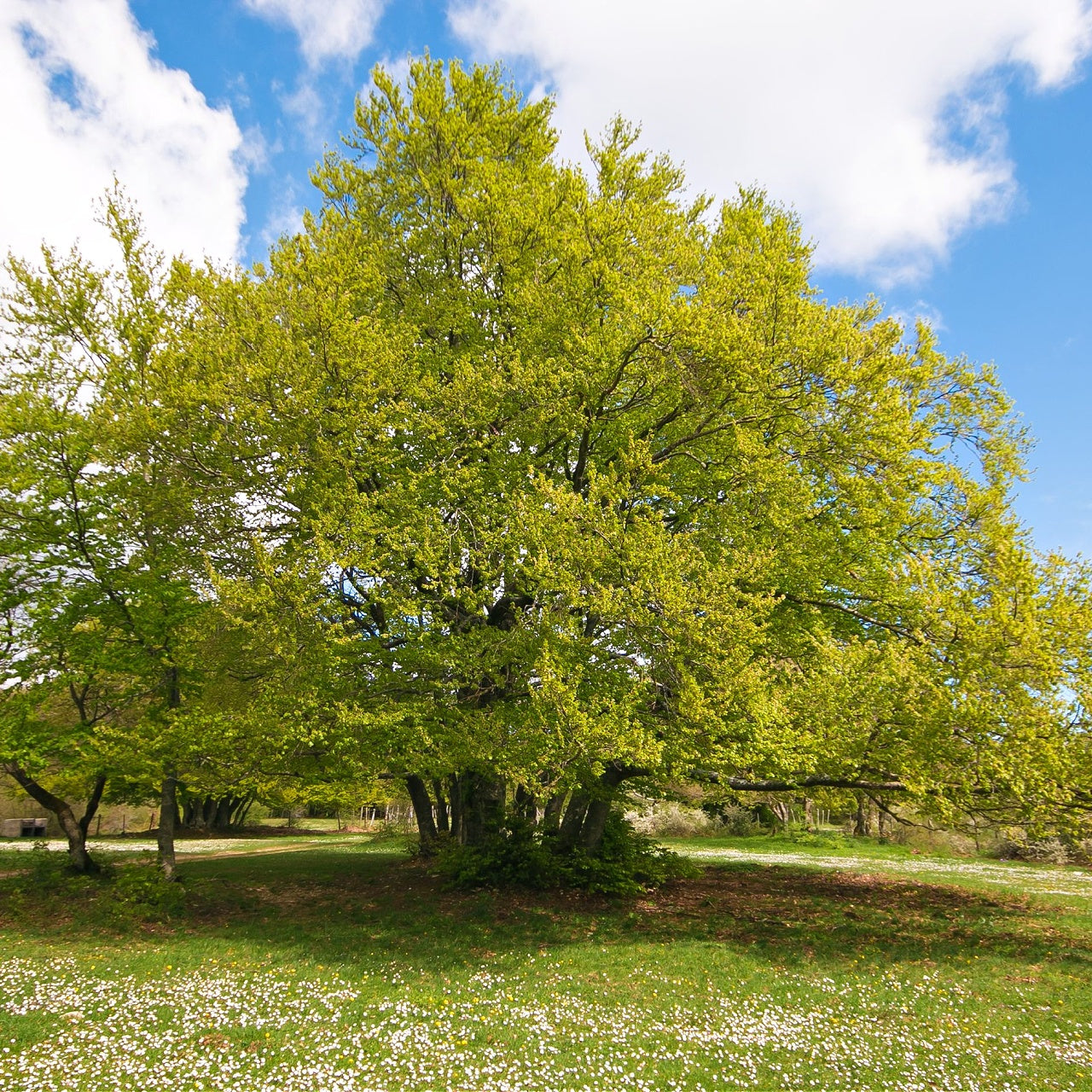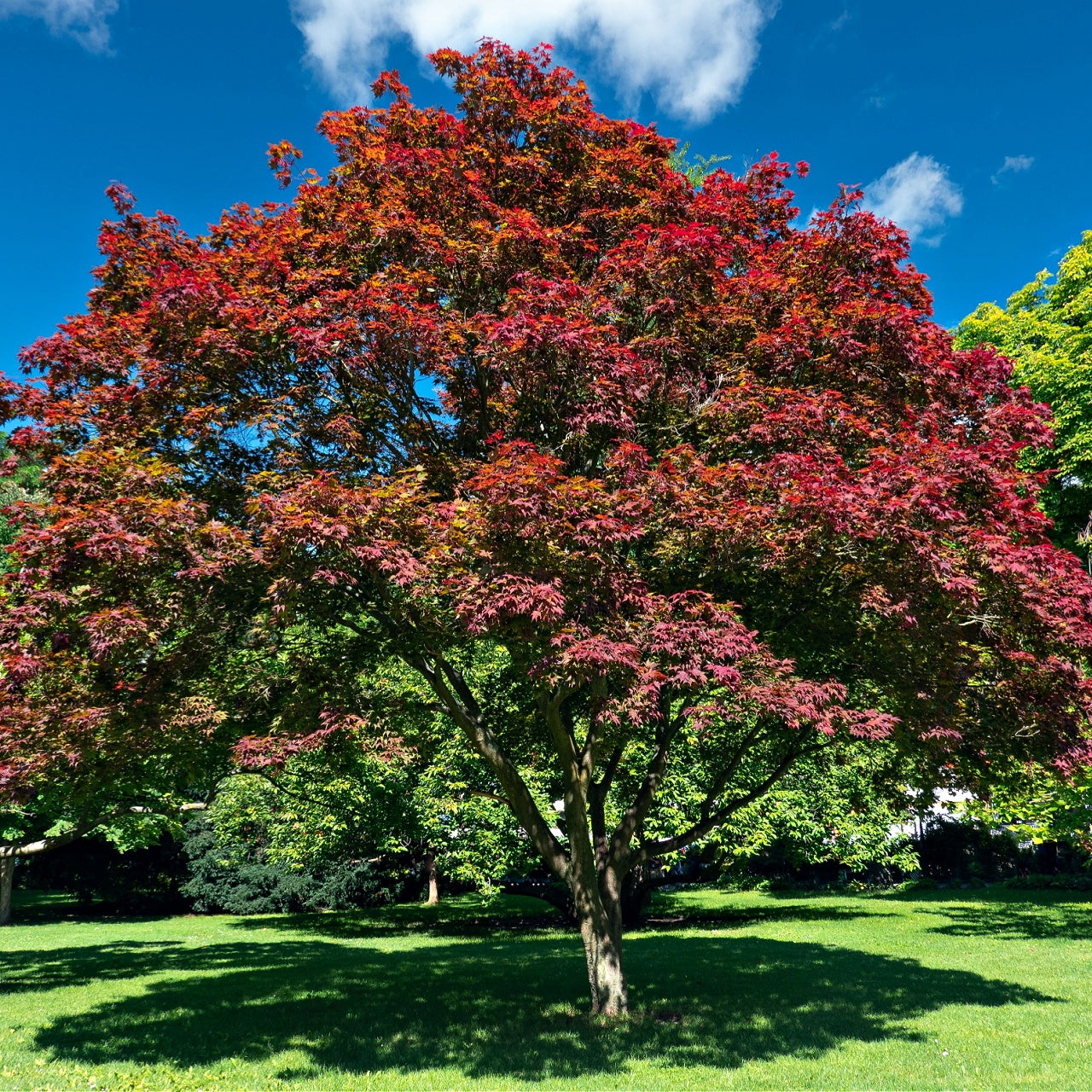
Driftwood In Landscaping
Driftwood In Landscaping
Driftwood in Landscaping
Driftwood has decorated the beaches and riverbanks of the world forever. Now it is finding its way to many gardens and yards. Driftwood in landscaping adds a special touch of artistic or architectural substance without abandoning a completely natural look and feel to your landscaping scheme.
Any wood branches, logs, or even roots continuously exposed to moving water of a stream or river, or ocean tides can become driftwood. The bark wears off, and only the unique structure of the wood remains. They can be harvested directly from the source or purchased especially for landscaping from garden centers and other sources, including the internet.
Driftwood in landscaping provides two benefits. First, smaller pieces with more complex shapes are frequently used as accents in the middle of a garden bed. Imagine a piece of driftwood with many spikes and swirls peeking out of an attractive groundcover. You can even lash several pieces together to form rough fences or plant stands. Driftwood offers a realistic accent near backyard ponds and watercourses as well.
The second benefit of driftwood in landscaping pertains to adding structure to the landscaping look. You can use large pieces to edge gardens, support climbing plants, or even as planters themselves. An old hollowed-out driftwood log can support many plants. Even smaller pieces of driftwood can have small holes drilled where sedums and other small plants will thrive. Unless there is a lot of room for soil, choose plants that do not need a lot of moisture.
To use driftwood in landscaping, clean it off thoroughly to make it as attractive as possible. If desired, the wood can be treated with some form of preservative so it does not continue to rot or wear away once you have it in the garden.






